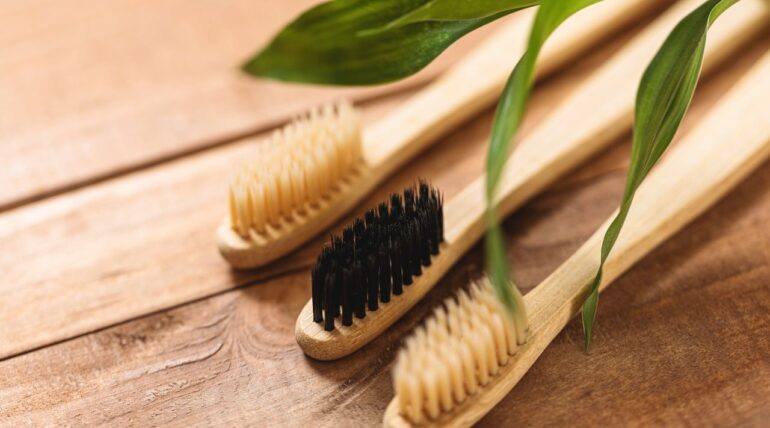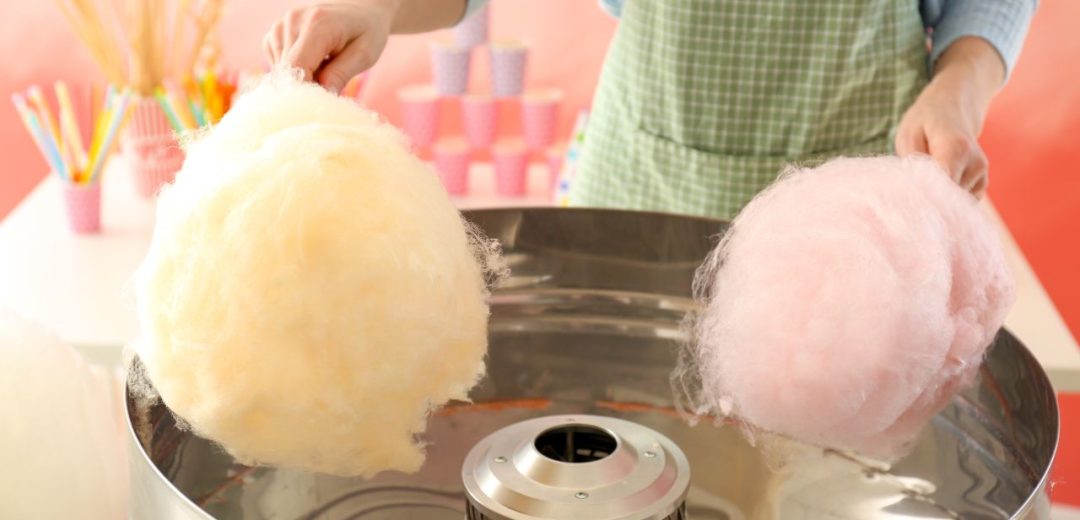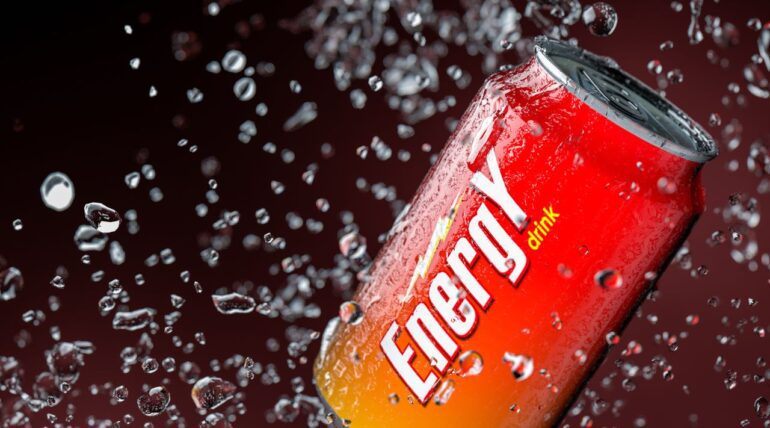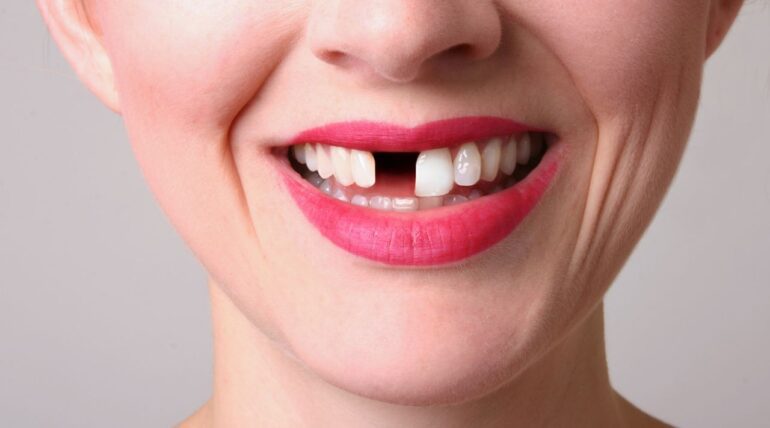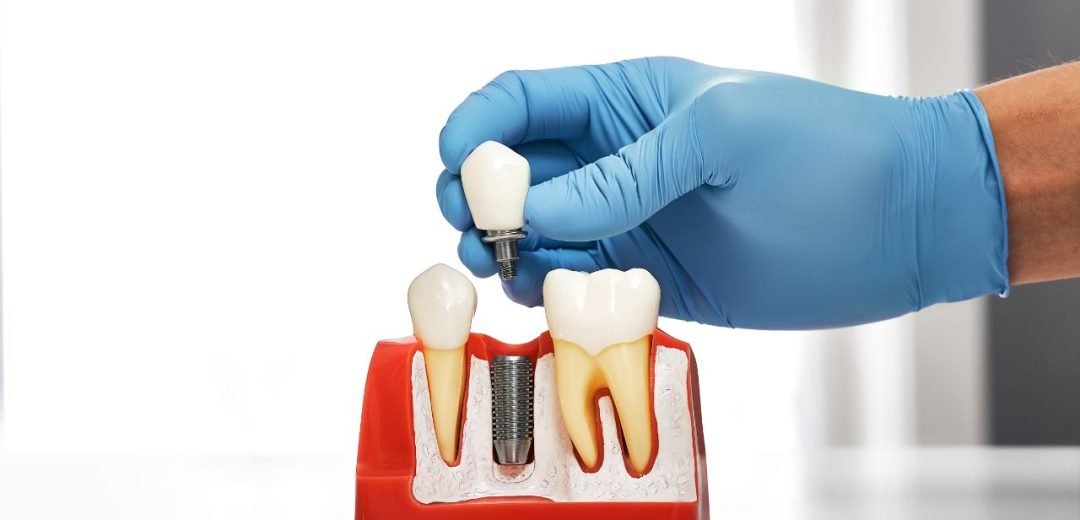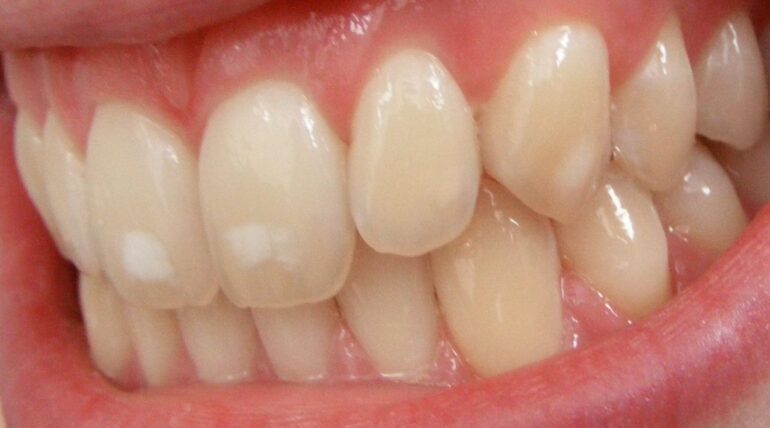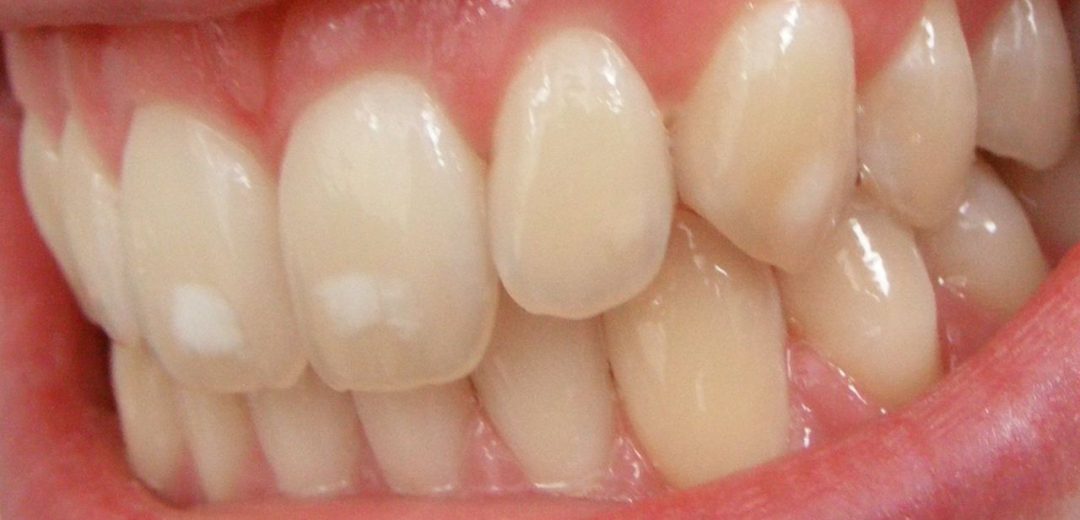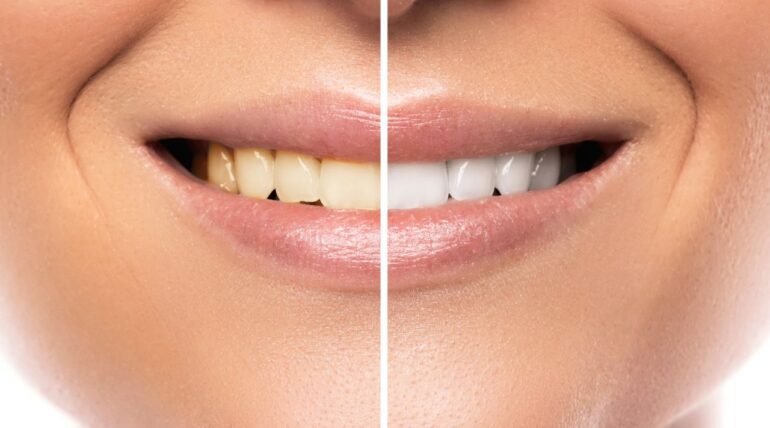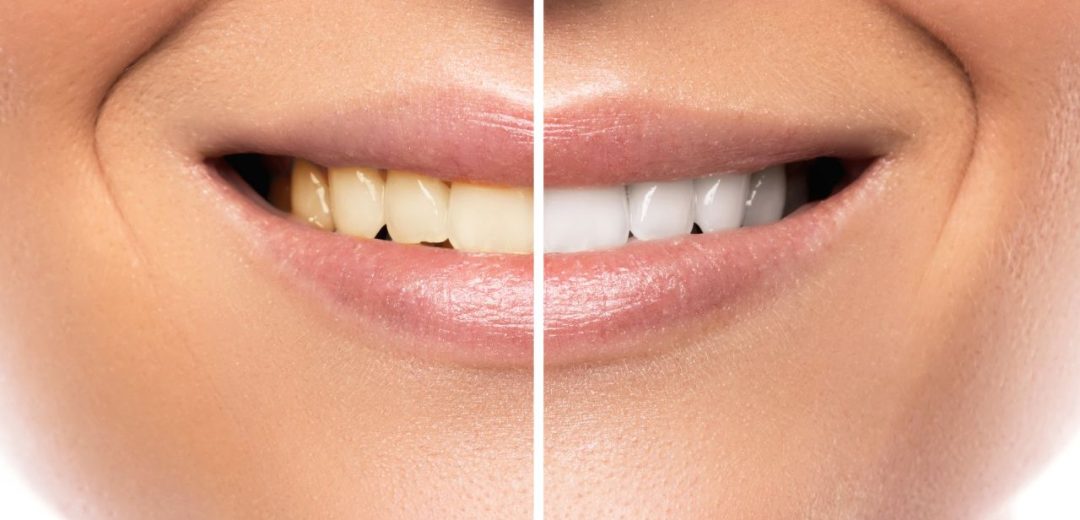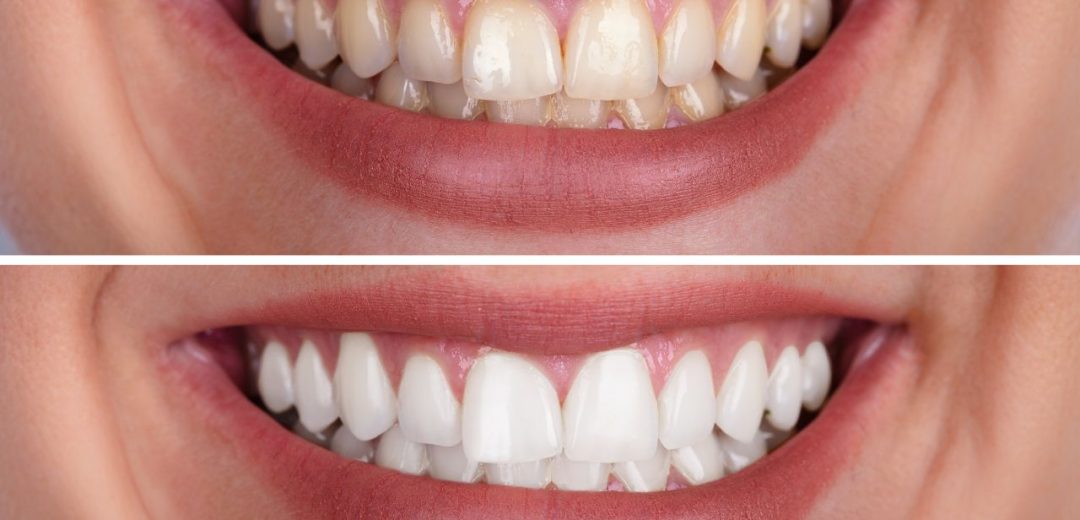Eco-friendly Toothbrush
Eco-friendly toothbrush: we know we have limited time to make changes to save the world, and one of these changes is becoming Eco-friendly.
Many people wonder, “What does eco-friendly mean?” It means protecting the environment and taking care of our planet responsibly. Remember, Earth is our only home, and we have no alternative.
As environmental concerns rise, people worldwide adopt sustainable habits. They avoid plastic bags, recycle, and choose eco-friendly utensils to reduce harm.
What is Wrong With Plastic Toothbrushes?
National Geographic reveals that over 448 million tons of plastic are produced annually.
The issue lies in its longevity—plastic doesn’t break down and is rarely recycled. Items like toothbrushes and straws are challenging, sometimes impossible, to recycle.
This raises an essential question: Are Bamboo toothbrushes a safer choice for our planet’s future?
What is a Bamboo Toothbrush?
Bamboo toothbrushes work just like regular ones from any store. They clean teeth, remove food bits, and fight plaque effectively.
The critical difference lies in the handle material. While plastic dominates traditional toothbrushes, bamboo offers a sustainable alternative.
Though Bamboo toothbrushes may seem like a modern eco-friendly trend, they are among the oldest types ever created.
When was it invented?
China introduced bamboo toothbrushes in the 15th century, featuring bamboo handles and bristles made from boar hair.
Modern bamboo toothbrushes typically use nylon bristles, but options with boar hair are still available.
Some brushes even include activated charcoal-infused bristles to enhance teeth whitening.
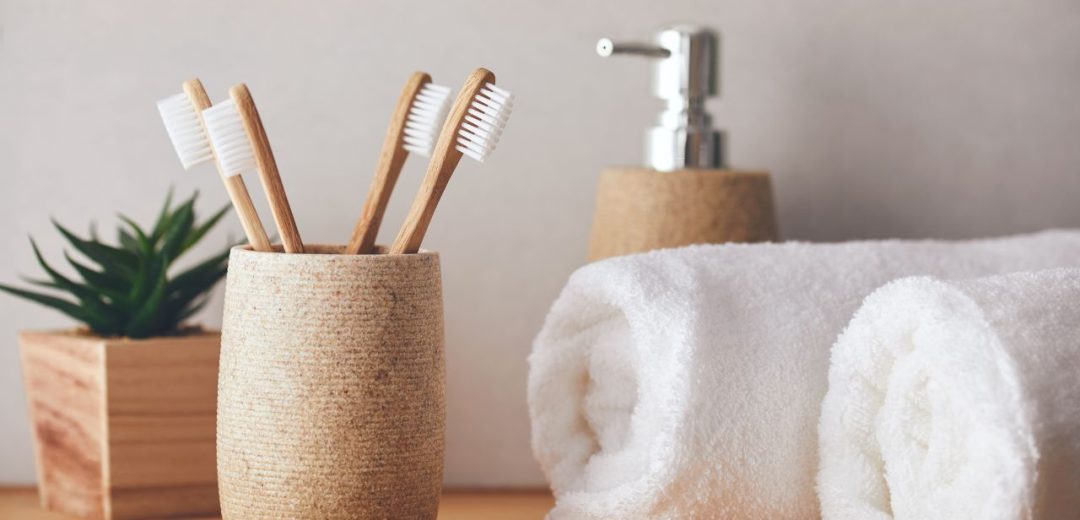
Is a Toothbrush Made out of Bamboo Eco-Friendly?
Consider how bamboo stands out from wood and plastic if you want an eco-friendly option.
Bamboo proliferates and requires minimal care, thriving without pesticides or fertilizers.
Its ecological footprint is significantly smaller than that of plastic waste when used in raw form, such as toothbrush handles.
Bamboo is biodegradable, so the handles can be composted. However, since most bristles are nylon, you must remove them first.
Fully Compostable = Animal-Based
The only fully compostable toothbrushes are those made with boar hair and sustainably harvested bamboo. Boar hair typically comes from the Chinese meat industry, where it would otherwise be discarded, but using it for toothbrush bristles helps reduce waste.
If you’re vegan, you can choose nylon-4 bristles. These bristles are made from petroleum-based plastic and are biodegradable under certain conditions. However, if you use nylon bristles, take them to a recycling center to ensure proper recycling.
Creative Ways to Reuse Your Toothbrush
After their lifespan, toothbrushes have many creative uses. You can turn them into plant markers or use them to clean your plants. They also make great brow brushes—just wet them and style your brows. For nail care, it help remove dirt deeply.
To pamper your pets, use the toothbrush to massage their head, wetting it slightly. They’ll love it!
They are also excellent cleaning tools. You can use them to scrub between tile lines in the kitchen and bathroom, remove stains from clothes, and clean hard-to-reach spots in your oven and stove.
How to use a Bamboo Toothbrush?
You would use a bamboo toothbrush the same way you would a standard toothbrush. Consider the head’s size and the bristles’ material when choosing it.
Ideally, you’ll choose one with soft bristles and a size that’s comfortable for you, your teeth, and your gums. The handle also needs to be comfortable to hold. A bamboo lifetime is the same as your regular toothbrush’s.
What is the recommendation?
The American Dental Association recommends changing your toothbrush every three to four months or once the bristles are visibly fried or damaged.
Swapping your old toothbrush for a new one will improve your oral health and keep your teeth as clean as possible.
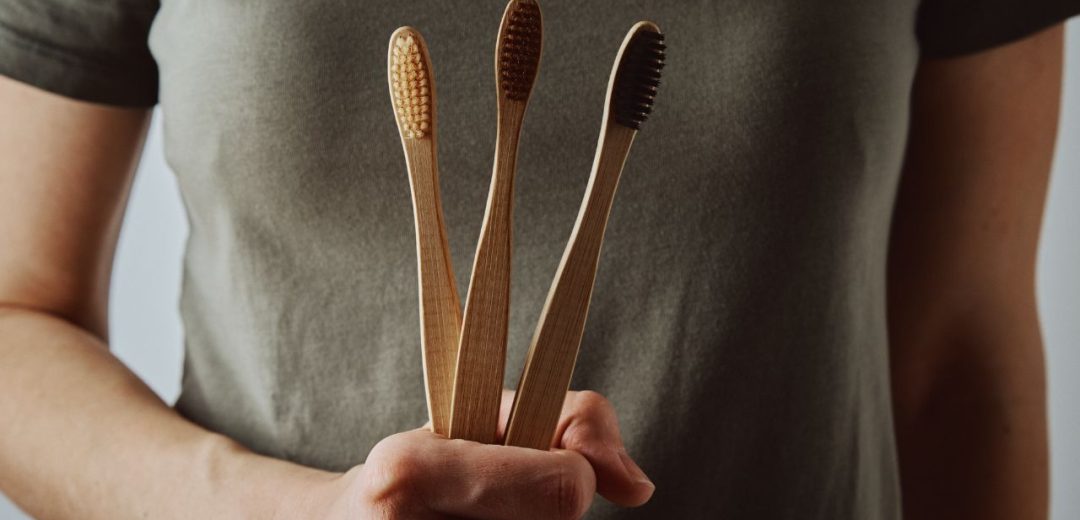
5 Best Bamboo and Eco-Friendly Toothbrushes
Now that you have all the information about eco-friendly toothbrushes, we have the best-rated bamboo toothbrushes among customers if you are ready to make the change.
1.- The Humble Co. Brush
This cute and sustainable bamboo toothbrush from The Humble Co is the perfect addition to your bathroom.
It is made from a 100% biodegradable bamboo handle and BPA-free nylon bristles, making it eco-friendly.
It comes in various fun colors, like neon yellow, blue, pink, and black. Expect medium firmness from this toothbrush.
2.- Hello BPA Free Charcoal Bristle
A combination makes this unique toothbrush of sustainability.
Bamboo and activated charcoal help give your teeth a super-effective and, most importantly, sustainable clean every time.
And can toothbrushes be considered chic? Because this one is.
3.- Olas Bamboo
This beautiful little toothbrush is 100% biodegradable and eco-friendly, BPA-free.
And it’s great for anyone with sensitive teeth; the natural bristles are soft and smooth.
4.- Isshah Biodegradable Eco-Friendly Natural Bamboo
This bamboo toothbrush has over 1,000 5-star reviews on Amazon because the handles are super lightweight and eco-friendly, the bristles are fine and soft, and the value is quite unreal ($7 for a pack of four? Uh, yes, please).
5.- Goodwell Co. Bamboo + Binchotan
Bamboo toothbrushes don’t have to be boring or plain, and these cuties from Goodwell Co. are proof.
The activated charcoal bristles look super cool against the colored bamboo handles.
Do you have questions about it?
If you have any questions or doubts about switching to an eco-friendly bamboo toothbrush, call or visit Trust Dental Care.
We are here to help and guide you in choosing your best teeth we also have a holistic dental treatments If you are interesting contact us now!
